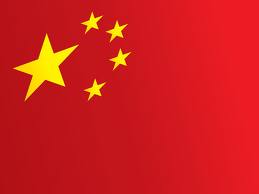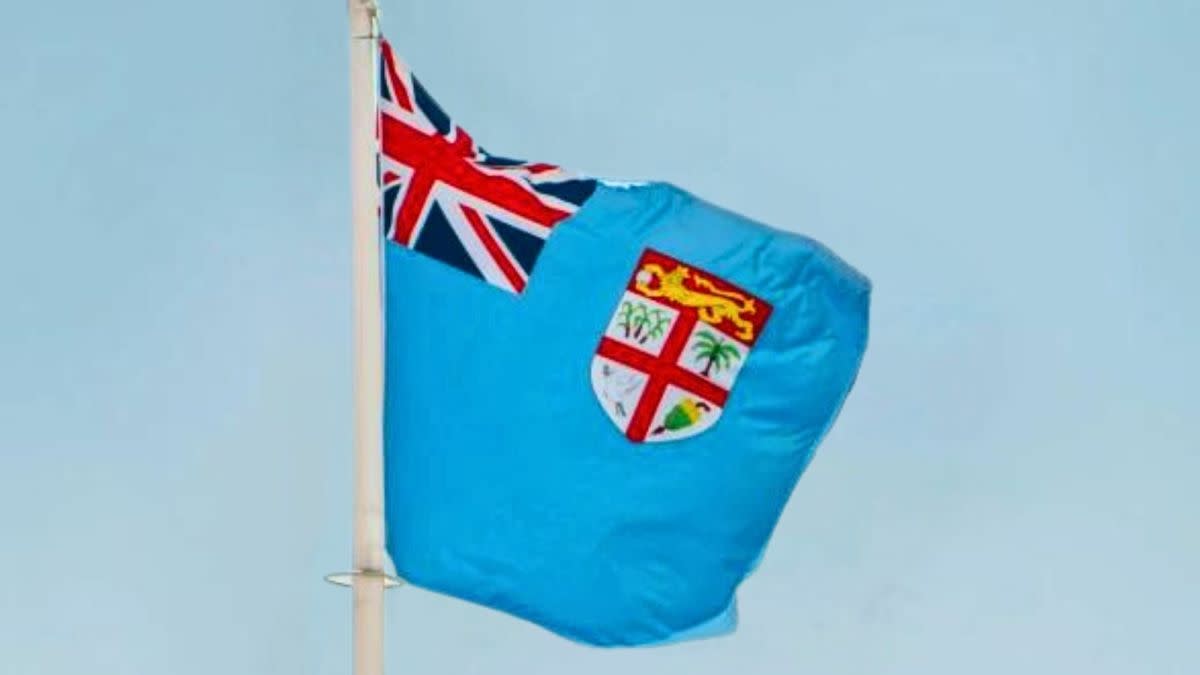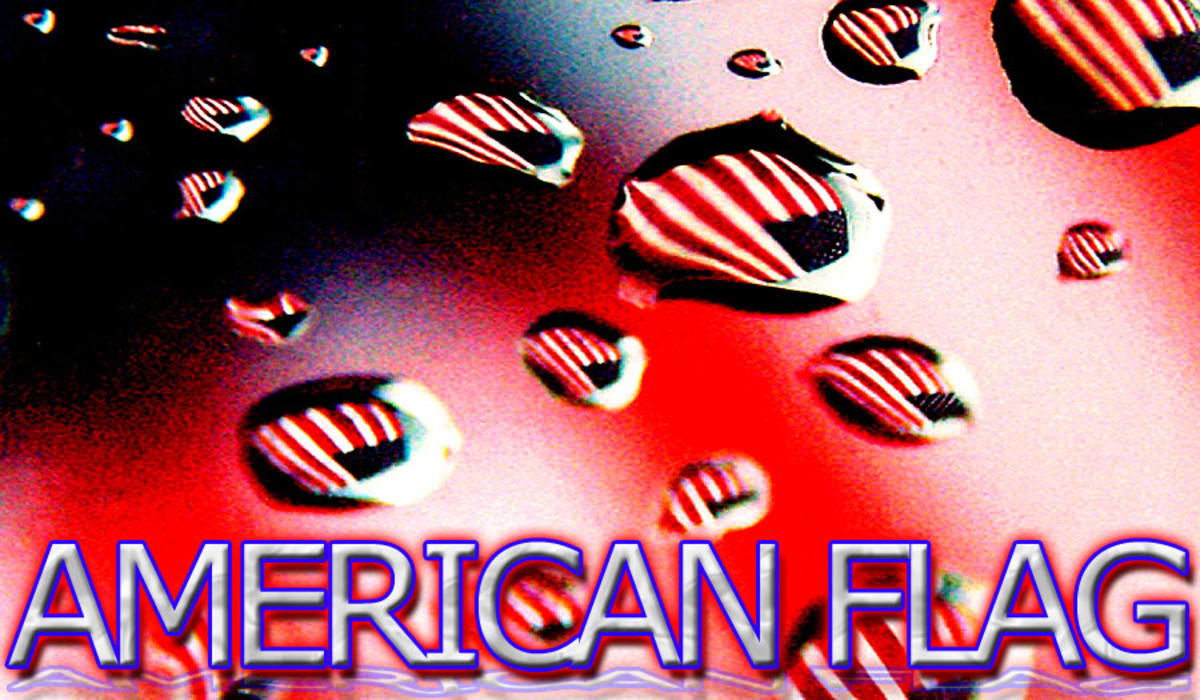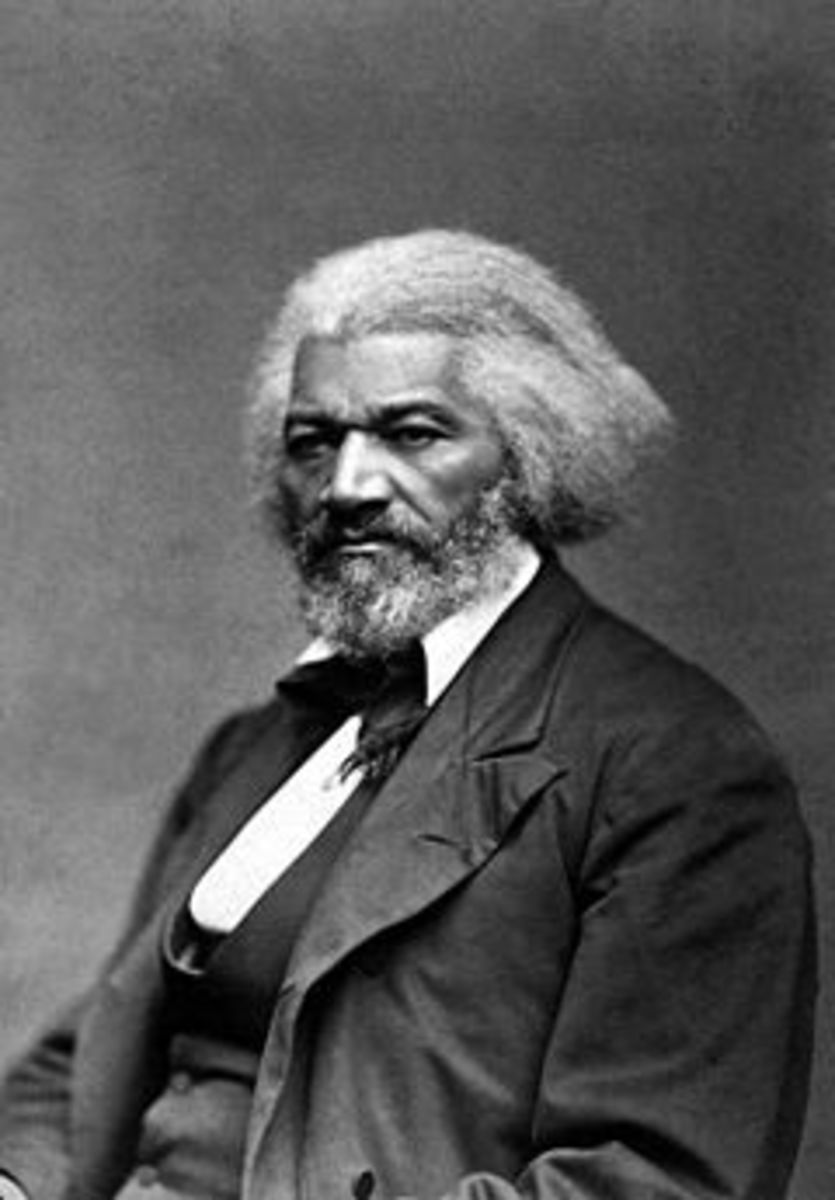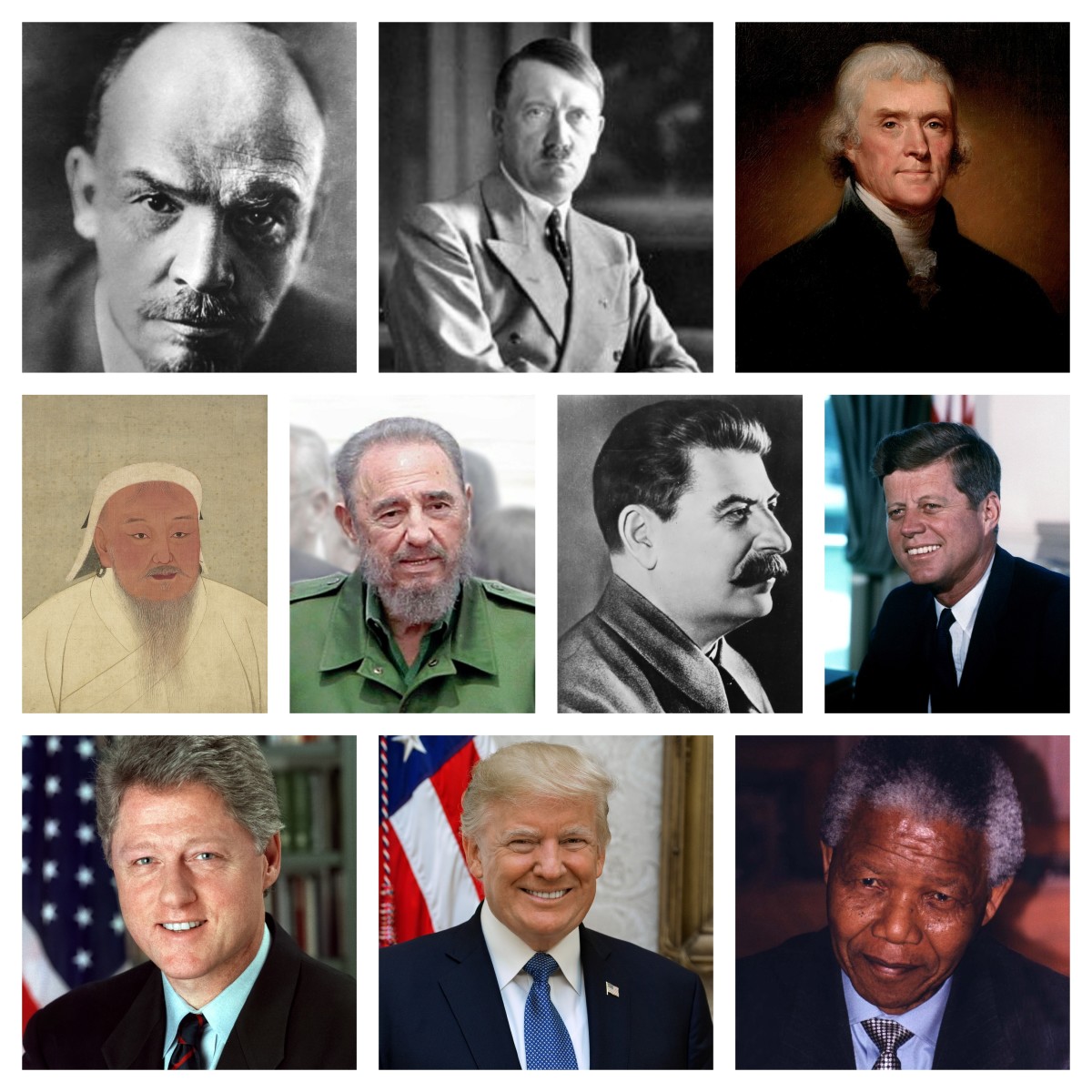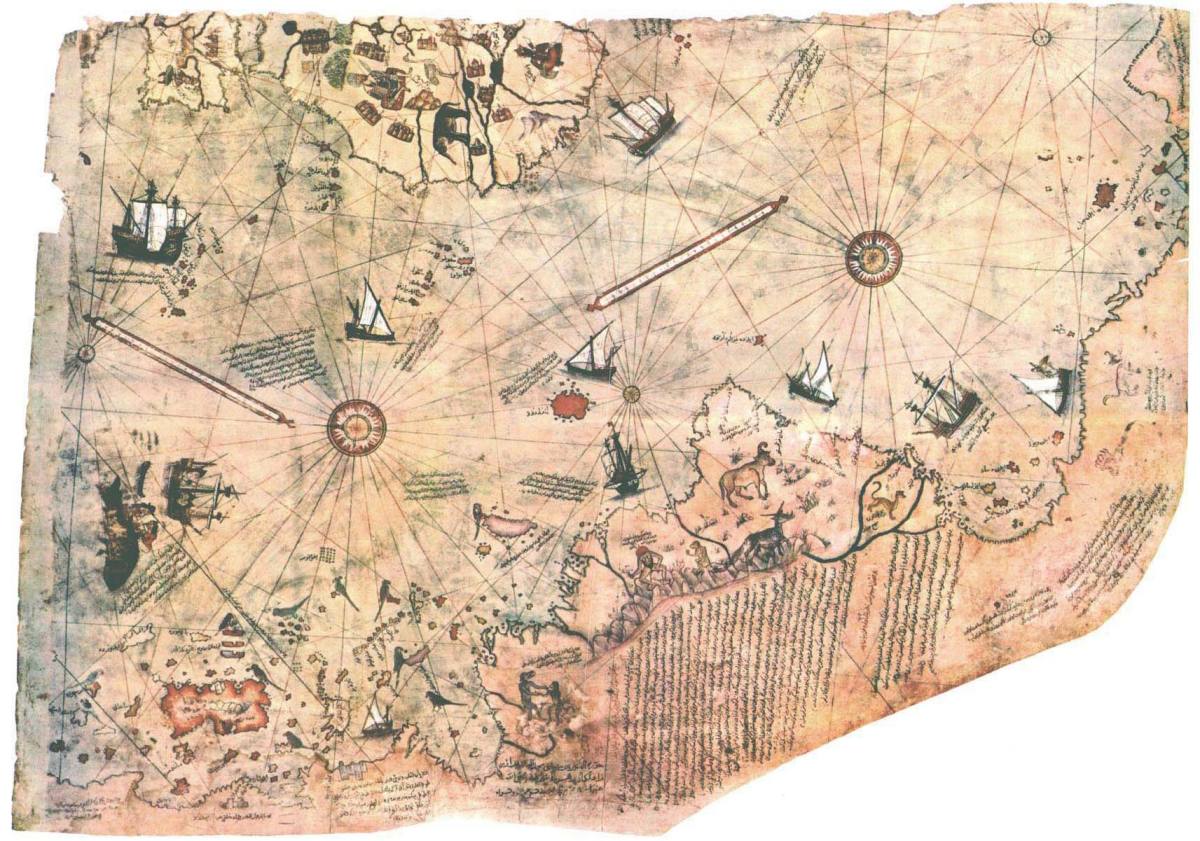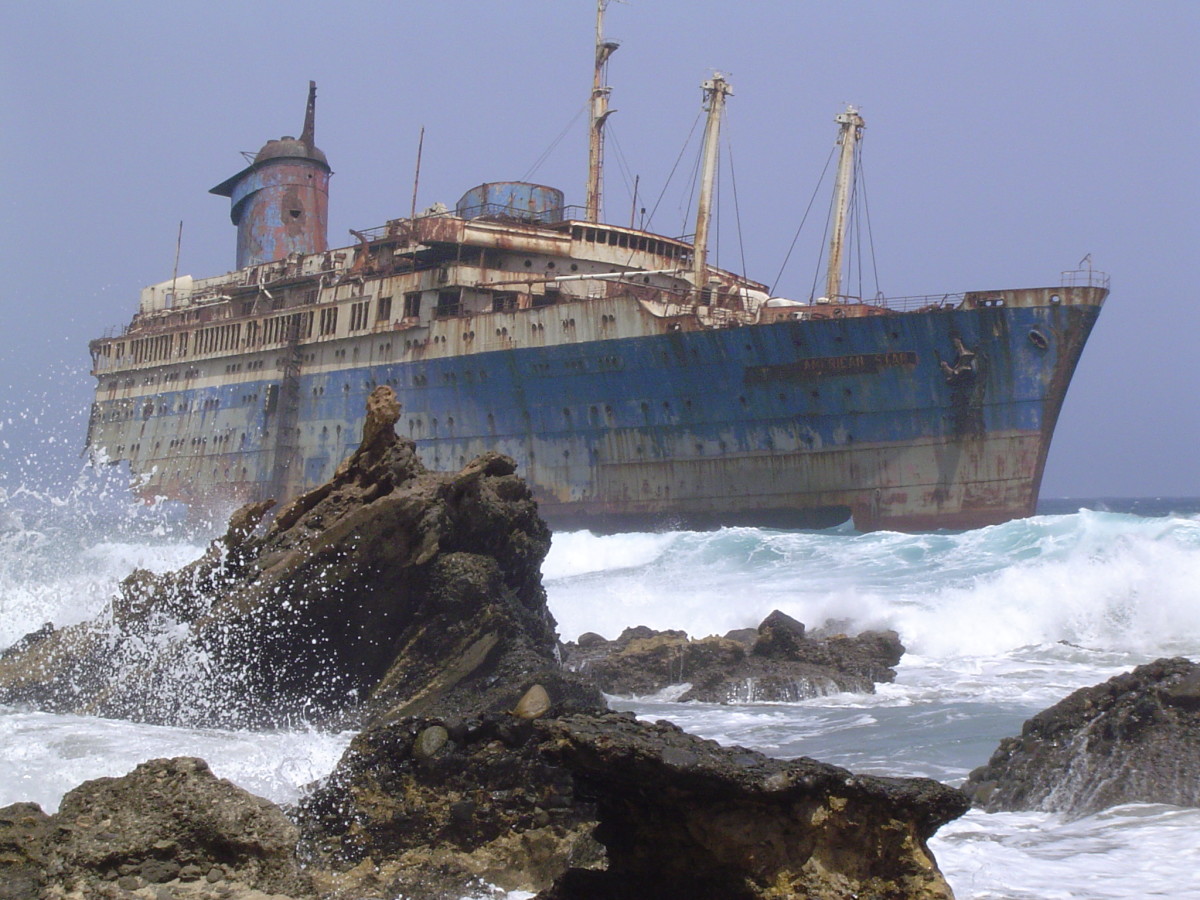Flags of countries around the world
THE CHANGING FLAG
The USA's Stars and Stripes flag was introduced in 1777, and it has been changed 26 times as new states have joined the Union-sometimes singly and sometimes in groups. The flag that in 1814 inspired lawyer Francis Scott Key to compose the words of The Star spangled banner (now the US national anthem) had 15 stripes and 15 stars, because at that time a stripe as well as a star was added for each new state. But since 1818, only the number of stars has been increased - to its present total of 50 - and the number of stripes has reverted to 13, one for each of the original states.
BATTLE-STAINED
The simple red-and-white Austrian flag is derived from the original arms of Austria. According to legend. these were granted to the Crusader, Leopold V. Duke of Babenberg, at the Battle of Ptolemais in 1 191 by the Holy Roman Emperor. Henry VI. The battle,between the Crusaders and the Muslim Saracens. resulted in the recapture of the strategic Holy Land town of Acre from the Saracen leader Saladin.
Leopold is said to have fought so fiercely in the battle that his white tunic was completely covered in blood except for a band protected by his belt - and his tunic became the model for the flag. In fact. however. the Austrian arms almost certainly come from those of an extinct family of Lower Austrian counts called Poigen Hohenburg Wildbergs.
The British flag-the Union Flag. known popularly as the Union Jack - records two major constitutional changes. The first Union Flag - combining the red- on-white English cross of St George with the white- on-blue Scottish cross of St Andrew - was introduced in 1606 after England and Scotland were united under James VI of Scotland and I of England. The modern flag appeared when Ireland was joined to the United Kingdom in 1800. The new flag included the diagonal red-on-white Cross of St Patrick. This cross probably came from the arms of the powerful and largely pro English Fitzgerald family. and was used to complete the slightly asymmetrical modern design.
The flag of Paraguay is the only national flag which is not the same on both sides. One side features red. white and blue stripes with the national arms on the white stripe. The other has the same stripes - but with the treasury seal on the white one.
Flags have been flown as rallying signs or as designs for itself a unique flag as an expression of distinguishing national pride. Often, too, flags carry reminders of marks for at least 3000 years. The Chinese historical links. emperor Zhou, who founded the Zhou (Chou) dynasty in The national flags of Australia, New Zealand, Fiji. South about 1100 BC, used to have a white flag carried before Africa and Tuvalu, for instance, all contain the Union him on horseback to announce his presence.
In the West, Jack. And in Africa. almost a quarter of the countries use objects raised on staffs were used to identify particular the colours red, green and yellow - known as the Pan- groups, but the first proper flags were Roman. Known as African colours - in their flags. vexillae, these emblem-bearing cloths were carried by The colours are those of Ethiopia, the continent's oldest Roman soldiers to distinguish one legion from another. independent country. The first modern African state to In the modern world, the flags of individual countries adopt them was Ghana. when it gained its independence have become powerful patriotic symbols, the focus of from British rule in 1957, nationalistic sentiments; and each new independent state designs for itself a unique flag as an expression of national pride.
Often, too, flags carry reminders of historical links. The national flags of Australia, New Zealand, Fiji. South Africa and Tuvalu, for instance, all contain the Union Jack. And in Africa. almost a quarter of the countries use the colours red, green and yellow - known as the Pan- African colours - in their flags. The colours are those of Ethiopia, the continent's oldest independent country. The first modern African state to adopt them was Ghana. when it gained its independence from British rule in 1957.
afghanistan flag
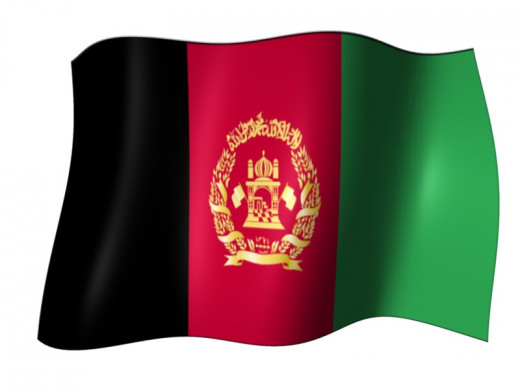
albanian flag
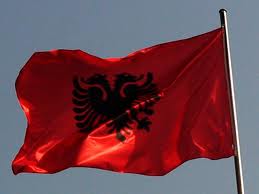
algeria flag
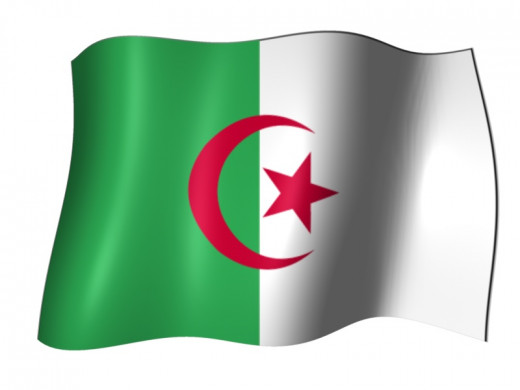
andorra flag
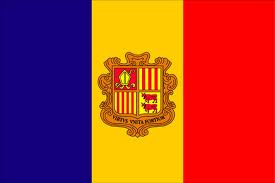
angola flag
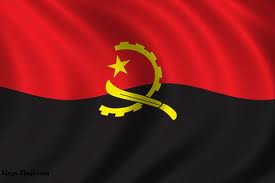
antigua and barbuda flag
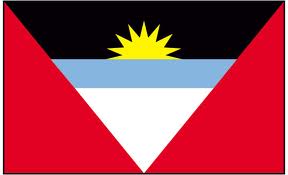
argentina flag

australian flag
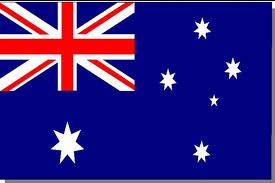
austria flag
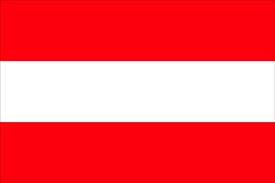
bahamas flag
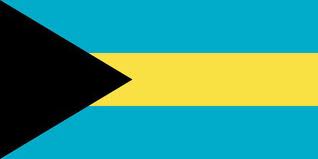
bahrain flag
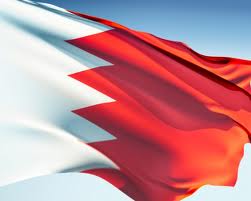
bangladesh flag
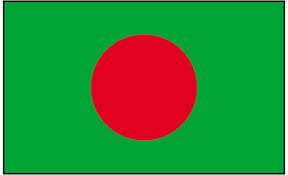
barbados flag
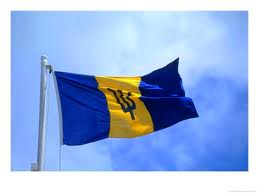
belgium flag
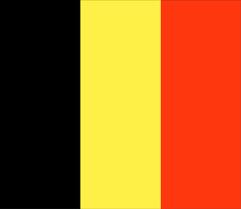
belize flag
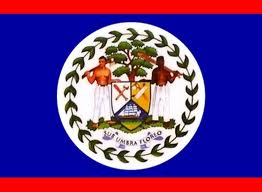
benin flag
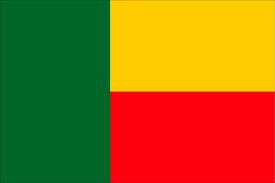
bhutan flag
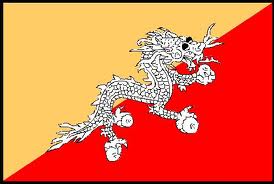
bolivia flag
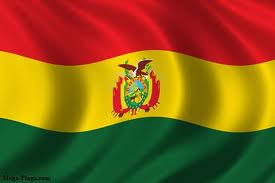
bophuthatswana flag
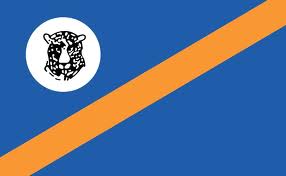
botswana flag
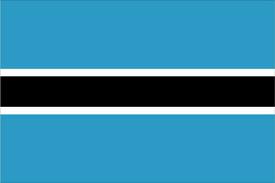
brazil flag
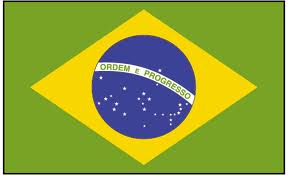
brunei flag
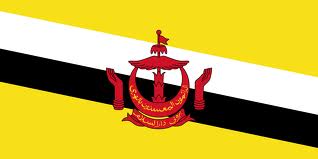
bulgaria flag
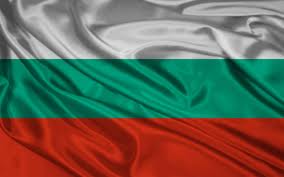
canada flag
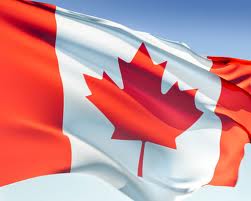
chile flag
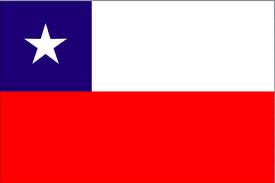
china flag
